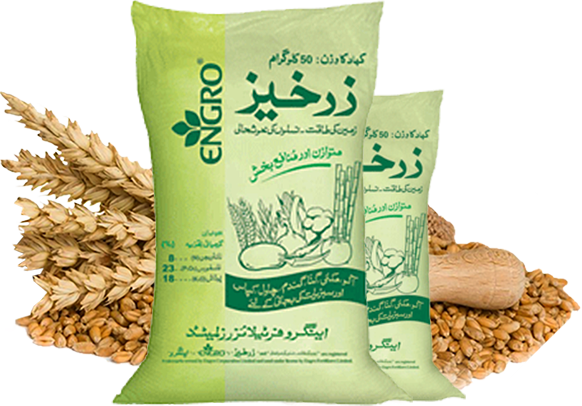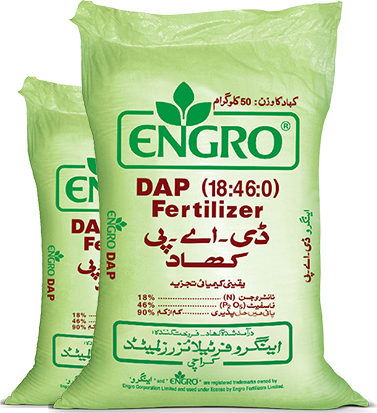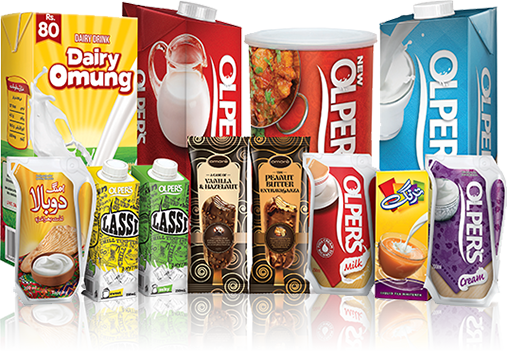
During 1Q 2016, the Economic Coordination Committee (ECC) permanently re-allocated 60 MMSCFD gas back to the fertilizer companies to whom it was originally allocated, out of which EFert’s share was 12.5 MMSCFD. Throughout the year, EFert remained in discussions with the relevant parties for allocation of surplus gas to ensure continued two-plant operation. Recently, ECC approved the allocation of 26 MMSCFD to EFert. This allocation along with other available gas streams is now sufficient for two plant operations.
During the year, GIDC was struck down by the Sindh High Court being ultra vires, against which the Ministry obtained a suspension order. However, some clarifications are being taken from legal advisors and EFert is actively reviewing the position. Apart from this litigation, EFert also has a separate case for its concessionary gas allocated to it under the Fertilizer Policy. No payment of GIDC is made on concessionary gas on the basis that it would be in direct contravention of the Fertilizer Policy and its gas supply contracts on the basis of which EFert invested USD 1.1 billion for expanding its fertilizer manufacturing capacity.

Sales of blended & potash based fertilizers (Zarkhez, Engro NP, MOP/SOP) declined by 16% YoY during the year to 114 KT compared to 135 KT during 2015. Despite no subsidy on potash, overall domestic potash industry increased to 27 KT vs. 25 KT in 2016, due to lower international prices of SOP & MOP. Moreover, due to lower SOP & MOP prices, farmers switched from Zarkhez to straight potash fertilizers. Resultantly, market share of Zarkhez declined to 38% in 2016 (47% in 2015). However, overall potash market share of EFert closed at 48% (49% in 2015).
16% YoY
declined by (Zarkhez, Engro NP, MOP/SOP)
114 KT
compared during 2015
38%
Zarkhez declined in 2016

EFert produced 1,881 KT of urea, compared to 1,968 KT produced in 2015 i.e. 4% decrease in production mainly due to planned turnarounds in 2016. However, considering the oversupply situation, the sales volume remained 12% lower vs. 2015 i.e. 1,652 KT vs. 1,879 KT in 2015, leading to Engro’s urea market share declining to 30% from 34% last year. This was mainly due to reduction in production share from 37% last year to 31% in 2016 on account of higher production by other fertilizer manufacturers, due to LNG and increased gas availability.
1,968 KT
produced in 2015
34%
Engro’s urea market share declining
31%
account of higher production

Sales were recorded at 534 KT in 2016 - up 41% YoY compared to 391 KT in 2015, which also led to an increase in EFert’s market share to 24% vs. 22% last year. The increase in sales was a direct result of higher domestic off takes of DAP and sales push by EFert in 2016. The domestic industry increased from 1,814 KT in 2015 to 2,225 KT in 2016, on the back of subsidy on phosphates and lower international DAP prices. The international DAP prices which started from USD 400/Ton at the start of the year, averaged around USD 345/Ton during the year to close at USD 330/Ton at the end of the year.
534 KT
Sales were recorded in 2016
22%
increase in EFert’s market share
330/Ton
at the end of the year
For the Fertilizers business, the consolidated sales revenue for 2016 was PKR 77,415 million which was lower by 12% as compared to the PKR 88,033 million last year. The consolidated profit-after-tax for the year was PKR 9,283 million versus PKR 14,819 million in 2015. The lower profitability was primarily due to lower urea off take and multiple price cuts amid the industry oversupply situation. EFert continued to negotiate with its lenders and was able to bring down mark-up rates on its long and short term loans which helped reduce financial charges and augment profitability






